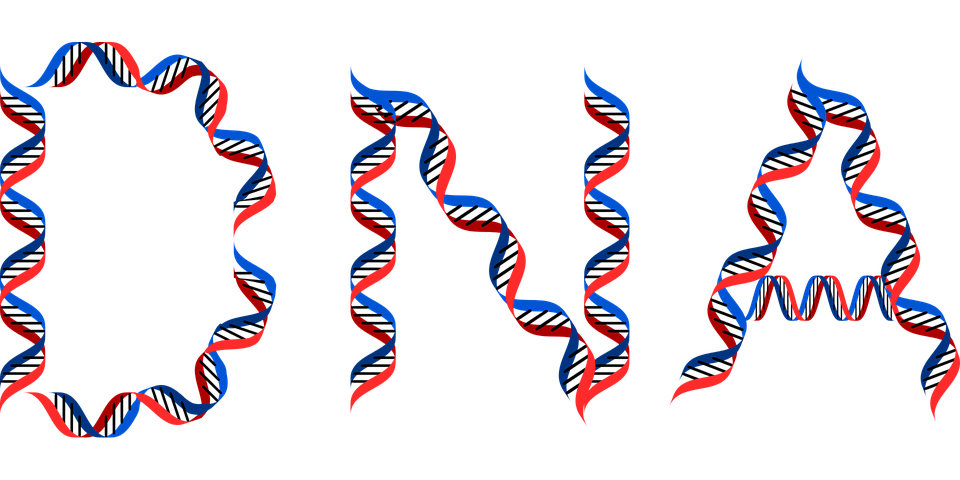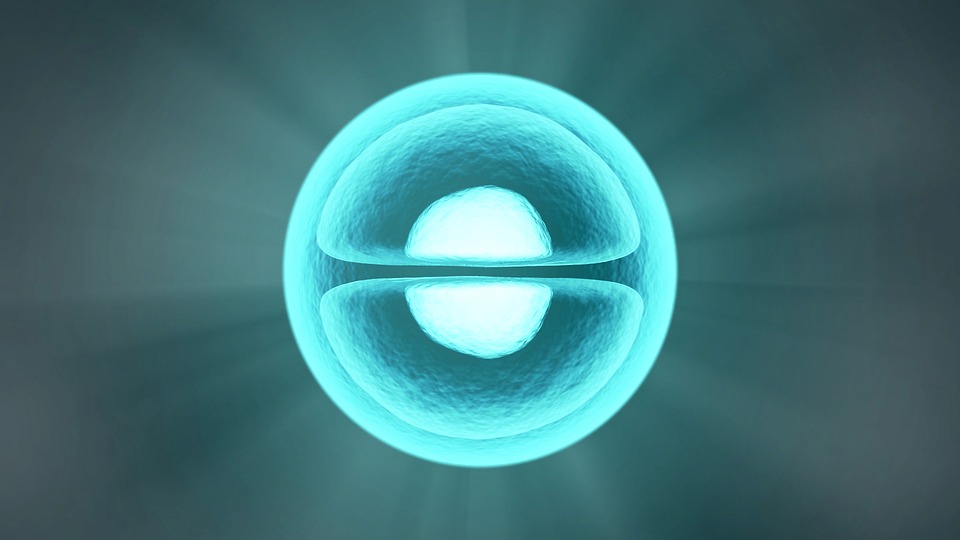“DNA changes could explain why autism runs in families, according to study,” The Independent reports. Research suggests a set of changes in a father’s DNA – known as methylation – is linked to autism spectrum disorder (ASD) in their offspring.
Methylation is a chemical process that can influence the effects of genes on the body (gene expression), essentially turning off certain genes. This process can lead to both positive and negative changes in DNA. These types of changes are known as epigenetic changes.
In this small study of 44 men and their offspring, researchers scanned for epigenetic changes at 450,000 points on the DNA molecule. They compared the DNA results with the child’s score on an ASD prediction test at one year of age, and then looked for regions of DNA where changes were linked to a higher or lower risk of ASD.
The researchers found 193 areas of DNA from the men’s sperm where methylation levels were associated with a statistically significant increased risk of developing ASD.
Researchers hope the study will help them see how epigenetic changes might affect ASD risk. At present, there is no genetic test for ASD and the causes are poorly understood. The study suggests ways ASD risk could be handed down in families without specific gene mutations being involved.
We’re still a long way from understanding the causes of ASD, and many cases can occur in children with no family history of the condition, but this study gives researchers new avenues to explore.
Where did the story come from?
The study was carried out by researchers from Johns Hopkins University and Bloomberg School of Public Health, the Lieber Institute for Brain Development, George Washington University, Kaiser Permanente research division, the University of California and Drexel University.
It was funded by the US National Institutes for Health.
The study was published in the peer-reviewed medical journal the International Journal of Epidemiology.
Both The Independent and Mail Online covered the study well, explaining the research and outlining its limitations.
What kind of research was this?
This was an observational study that compared changes to the chemicals attached to DNA in father’s sperm (epigenetic changes) with early signs that a baby may go on to develop ASD.
It also looked at the DNA of people who had died to see whether the same changes were associated with having ASD.
This small study investigated links between epigenetic changes and the risk of ASD among children whose parents already had at least one child with the condition. However, it can’t tell us whether these DNA changes cause ASD.
What did the research involve?
Families who already had at least one child with ASD and where the mother was pregnant with another child were enrolled into the study.
The researchers took sperm samples from 44 fathers. 12 months after the babies were born, they were tested for early signs suggesting they might have ASD.
The researchers analysed the sperm samples and looked for differences between the DNA of the fathers whose children’s test results showed a higher risk of ASD, and compared them with those at lower risk.
They chose to study families with at least one child with ASD, because the condition is thought to run in families. They wanted a group of children who were more likely than the general population to have ASD, so they could do a smaller study and still get useful results.
The babies were tested using the ASD Observation Scale for Infants (AOSI). This test does not show whether or not the babies have ASD. It looks at behaviour such as eye contact, eye tracking, babbling and imitation, and gives scores from 0 to 18, with a higher score meaning the baby is at higher risk of having ASD.
Other studies have found that babies with high AOSI scores at around 12 months are more likely to be diagnosed with ASD when they get older, but the test is not a 100% effective screening tool.
The fathers’ sperm was analysed for epigenetic changes – these are changes to the chemicals attached to the DNA molecule, but not the genes themselves. These chemicals can affect how the genes work.
In this case, researchers looked for methylation of DNA. They used two different methods of analysing sperm, so they could check the accuracy of the primary method.
The researchers used a technique called “bump hunting” to search for regions of DNA where the levels of methylation were associated with the AOSI scores of the children.
Once they had identified the regions, they looked at DNA in samples of brain tissue taken from people after death, some of whom had ASD, to see if they could spot similar patterns.
What were the basic results?
The researchers found 193 areas of DNA from the men’s sperm where methylation levels associated with AOSI scores were statistically significant. In 73% of these regions, an AOSI score showing a higher risk of ASD was linked to lower levels of methylation.
Looking at these regions, the researchers found they overlapped genes that were important for the formation and development of nerve cells and cell movement.
They also found some – but not all – of the DNA regions identified as important in sperm analysis could also be associated with having ASD in DNA taken from brain tissue.
How did the researchers interpret the results?
The researchers say they saw a strong relationship between epigenetic changes and increased chances of having ASD within this group of children. They said the difference in methylation was “quite substantial” and concentrated in areas of DNA associated with nerve cell development.
They point to a region of DNA that contains a group of genes thought to cause Prader-Willi syndrome, a genetic condition that has some similarities to ASD but is much rarer (affecting no more than 1 in every 15,000 children). This was one of the regions strongly associated with epigenetic changes.
The researchers say the results suggest that epigenetic changes to the father’s DNA in this region “confer risk of autism spectrum disease among offspring, at least among those with an older affected sibling”.
Conclusion
This study found that epigenetic changes to a father’s DNA seem to be linked to an increased chance of his child developing ASD in families where there is already one child with the condition.
ASD tends to run in families, and some studies have identified genes that may increase the chances of developing the condition. However, there is no clear genetic explanation in most cases of ASD. Research like this helps scientists to investigate other ways that the condition could be handed down.
The study raises a lot of questions. It can’t tell us what causes the epigenetic changes to the DNA, or how they affect the way DNA works. Also, when the researchers looked at epigenetic changes to DNA in people’s brains, they didn’t find changes in many of the regions identified in the sperm analysis.
This was a fairly small study, relying on only 44 sperm samples. The researchers themselves say the results need to be confirmed in larger studies. We also can’t say whether these results would apply to the general population. They may only be valid for families where one child already has the condition.
Learning more about the genetics of ASD will hopefully lead to new treatments. This study may offer up one more piece of a very complicated, yet-to-be-solved, puzzle.



